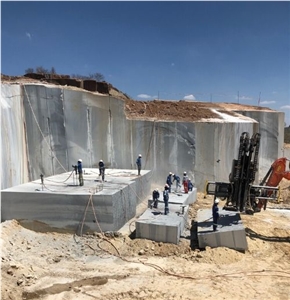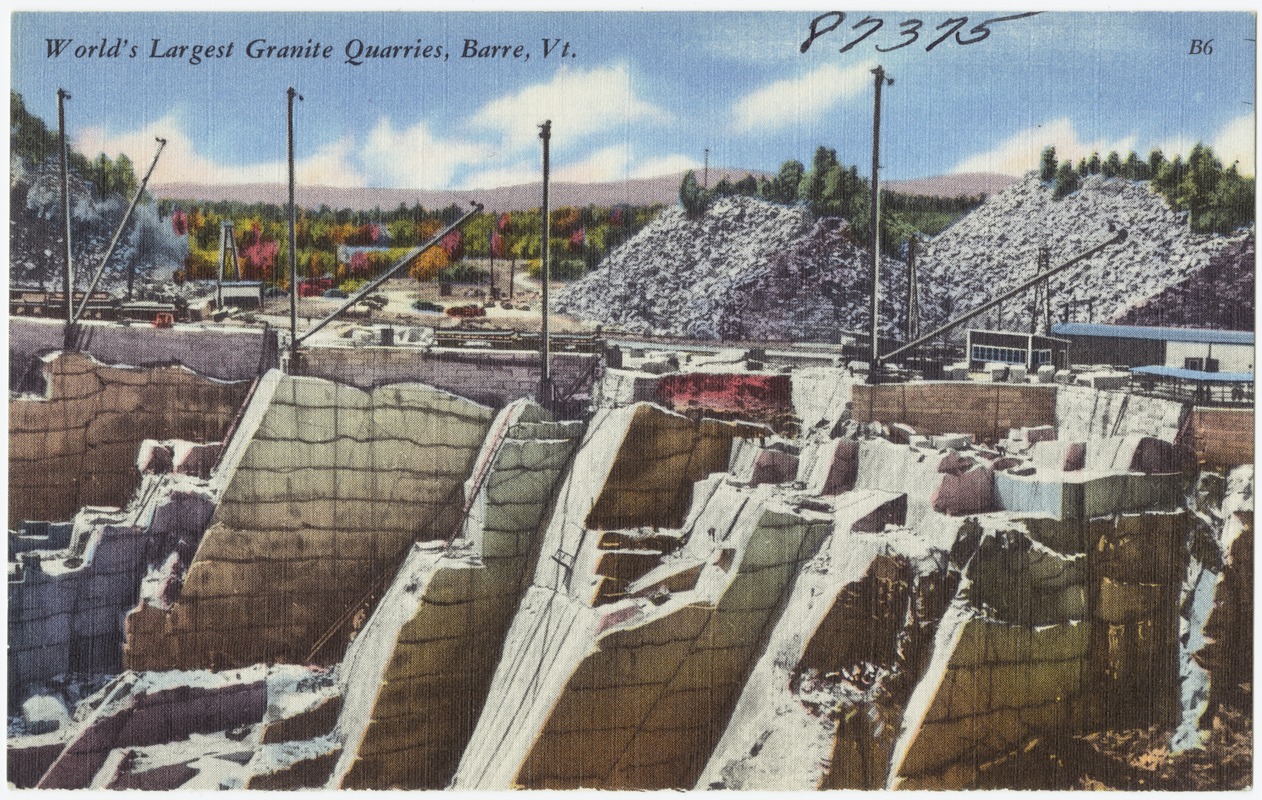Opening Natural Prizes: Granite Quarries in South Africa Introduced
Opening Natural Prizes: Granite Quarries in South Africa Introduced
Blog Article
Discovering the Rich History and Sustainable Practices of Granite Quarrying
As we depend on the precipice of uncovering the elaborate tapestry of granite quarrying, a trip with time discloses not simply the physical act of drawing out rock but additionally the cultural and historic significance woven into the extremely material of this technique. From the old beginnings that laid the foundation for contemporary quarrying techniques to the sustainable practices that are shaping the future of this sector, each chisel mark on granite surface areas informs a tale waiting to be unearthed (granite quarries in south africa). The tradition of granite quarrying extends far past mere removal; it is a testimony to human resourcefulness, resilience, and the long-lasting appeal of this stunning rock
Old Beginnings of Granite Quarrying
Dating back to old people, the practice of quarrying granite has actually been an integral part of human history and building development. The earliest proof of granite quarrying dates back to ancient Egypt, where huge pyramids and complex sculptures were crafted from this sturdy stone. The Egyptians utilized primitive devices to remove granite blocks from quarries, showcasing the importance of this material in their significant constructions.
Relocating forward in background, the Greeks additionally made substantial contributions to the quarrying of granite. The Greeks made use of granite in different architectural wonders, such as temples and sculptures, showing their skill in shaping and carving this durable rock. The Romans additionally refined the strategies of quarrying granite, using innovative devices like blades and hammers to essence and shape granite for their iconic frameworks.
Via the centuries, the technique of quarrying granite has actually developed, with contemporary technologies boosting effectiveness while preserving the classic charm of this all-natural stone - granite quarries in south africa. From ancient human beings to contemporary contractors, the tradition of granite quarrying continues to shape our globe
Evolution of Quarrying Strategies
The evolution of quarrying methods has actually been marked by a continuous progression towards greater performance and precision in extracting granite. From the basic methods utilized by our forefathers to the innovative innovations made use of in modern-day quarrying procedures, the industry has actually undergone considerable advancements. Early quarrying methods entailed manual work with basic devices such as knives, hammers, and wedges to extract granite blocks from the planet. As human beings proceeded, techniques like fire-setting and primitive dynamites were introduced to facilitate the extraction procedure.
Innovations in computer-controlled tools and 3D modeling have actually maximized quarrying procedures, leading to marginal ecological influence and boosted sustainability techniques. As the need for granite proceeds to increase, the development of quarrying methods stays important to meeting market needs successfully and sustainably.
Social Relevance of Granite
Granite holds an extensive cultural value across various human beings due to its enduring visibility in architectural work of arts and respected monuments. The social importance of granite expands beyond its physical features; it symbolizes resilience, stability, and eternity, making it a sign of sustaining traditions and practices.

Lasting Practices in Quarrying
Amidst the abundant history of granite quarrying and its social value exists a growing focus on lasting techniques within the industry. As environmental recognition and problems concerning source exhaustion have actually increased globally, the quarrying market has actually increasingly welcomed lasting approaches to decrease its effect on the setting and surrounding neighborhoods.

Moreover, recovery and rehab of quarry sites post-extraction are indispensable to sustainable practices. By recovering quarried areas to a natural or beneficial state, such as developing wildlife environments or recreational areas, quarriers can balance out the environmental impact of their operations and contribute favorably to the local ecological community.
Legacy of Granite Quarrying
With a historical background steeped in workmanship and industrial development, what sustaining impact has granite quarrying left on the landscape of modern culture? The legacy of granite quarrying transcends simple extraction practices; it has actually formed building marvels, urban landscapes, and social heritage worldwide. The sturdy nature of granite has actually made it a favored option for monoliths, buildings, and framework, standing as a testament to the ability and creativity of quarry employees across generations.
In addition, the economic footprint of granite quarrying can not be overlooked. The market continues to provide job opportunity and drive local economic climates in areas where granite extraction is prevalent. It has actually also stimulated technological advancements in quarrying methods and equipment, causing much more effective and sustainable techniques.
In regards to sustainability, the legacy of granite quarrying includes initiatives to minimize ecological influences via reclamation projects and accountable source monitoring. By stabilizing economic rate of interests with environmental stewardship, the sector aims to make sure that future generations can remain to gain from this long-lasting natural deposit.
Conclusion

Report this page